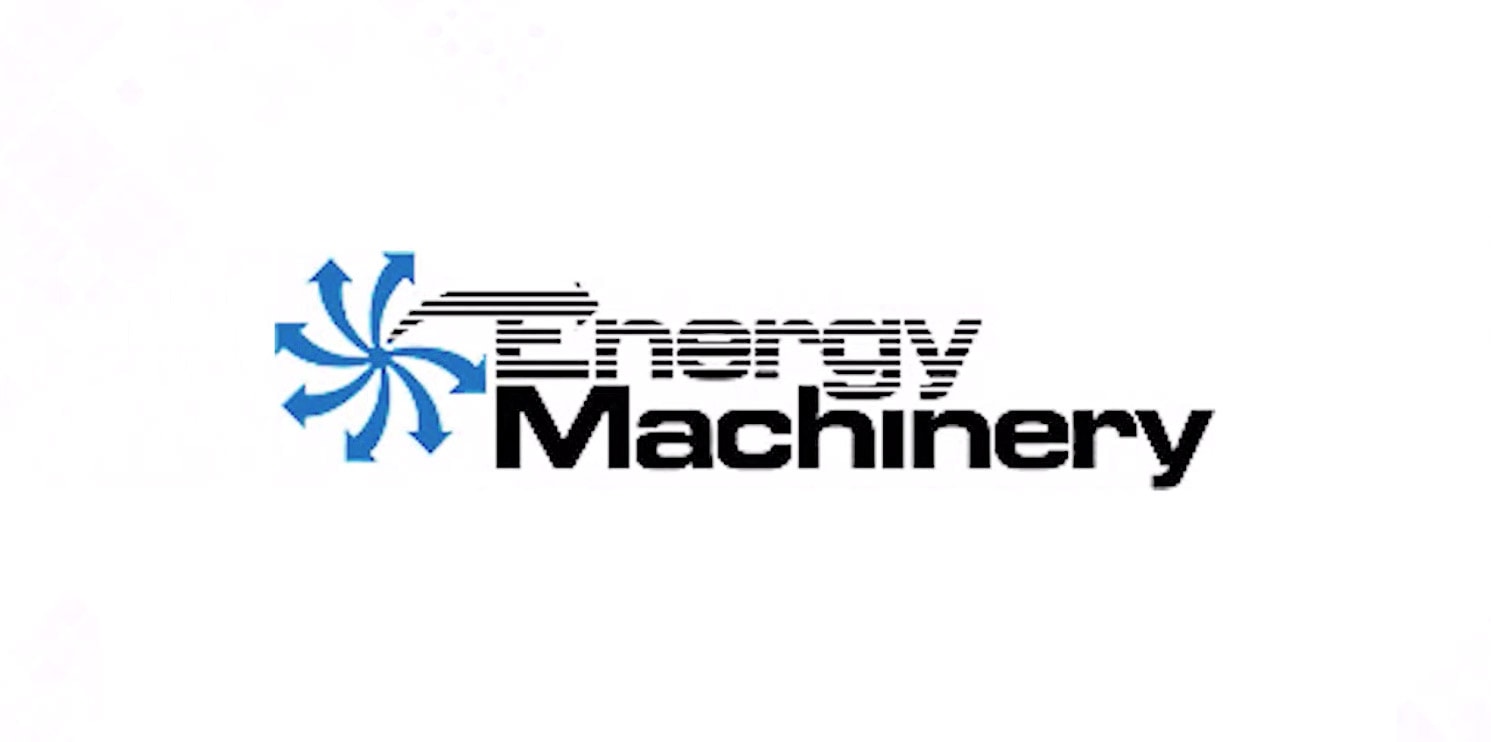Rotary Vane Compressor
Rotary Vane Compressor
An air compressor converts power from electricity, gas, or other sources into potential energy in the form of pressurized air. The pressurized air can be released in a controlled way to provide the kinetic energy needed for its given application.
In principle, an air compressor’s design is relatively straightforward. Air is brought into a chamber by means of intake valves and thereupon pressurized by a reduction in the chamber’s volume. When energy is needed from the compressor, the pressurized air is released via a discharge valve.
There are several types of air compressors available on the market today. There are three common types of air compressors:
- Rotary screw
- Scroll
- Rotary vane
This blog post will mainly focus on the design and advantages provided by rotary vane compressors.
What is a Rotary Vane Compressor?
Rotary vane air compressors use centrifugal motion to pressurize the air. They are thus designed quite differently from compressors with reciprocating pistons—instead of utilizing a pumping motion to compress air, rotary vane machines employ a spinning technique.
How Does a Rotary Vane Compressor Work?
All rotary vane compressors come equipped with a cylindrical rotor that is off-center from its housing. This rotor contains several partitions—or walls— that extend outwards towards the housing.
As air is drawn into the housing chamber via intake valves, the rotor spins around in a circular motion. As the rotor spins, its walls squeeze the air trapped between the rotor and the edge of the housing into progressively smaller spaces, which is why the rotor is offset from the center of the housing. This quickly pressurizes the air.
The now-pressurized air is funneled towards a discharge valve where it may be released and used by a manual operator or automated process. The rotor continues spinning, and the cycle repeats to maintain a steady flow of pressurized air.
Advantages of a Rotary Vane Compressor
There are several advantages provided by rotary vane air compressors, such as:
- Efficiency. Rotary vane compressors are highly energy-efficient, with their rotors typically spinning at 1,800 rpm or less.
- Longevity. Rotary vane compressors are very durable, with some rated for more than 100,000 hours of optimal service.
- Flexibility. Rotary vane compressors are extremely versatile, serving a diverse range of industries and applications.
Rotary Vane Compressors vs. Rotary Screw Compressors
Rotary vane compressors are often compared to their closest counterpart, the rotary screw compressor. Each compressor has unique advantages and drawbacks. The following is a brief overview of some key differences between the two machines:
- Complexity. Rotary vane compressors are fairly simple machines, both in design and in operation. In contrast, rotary screw compressors are much more complex and sensitive, since they include not one major moving part, but two simultaneously active screws that must perfectly match one another’s movements.
- Durability. The rotary vane design is much more durable than the rotary screw, featuring 100,000 hours of service life versus 30,000–40,000 hours for the rotary screw design.
- Power usage. Rotary screw compressors require continuous turns of 3,000–8,000 rpm, versus 1,800 rpm for rotary vane devices.
- Maintenance. Generally speaking, rotary vane compressors require more maintenance than rotary screw machines. For example, many rotary vane compressors require an oil change every 2,000 working hours; this interval between servicing is twice as long for rotary screw machines (about 4,000 working hours).
Rotary Vane Compressors for Sale
At Energy Machinery, we offer an extensive catalog of rotary vane compressors from Gardner Denver and other major compressor brands. We have provided world-class products and exceptional customer service to customers in a broad range of industries for almost five decades.
If you’d like to learn more about our selection of rotary vane compressors or any other products from our catalog, please contact us.







